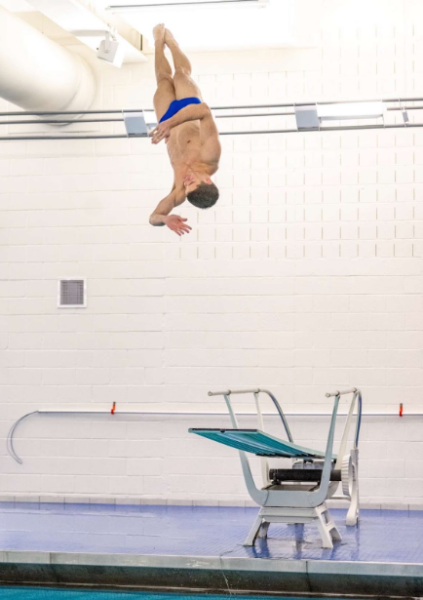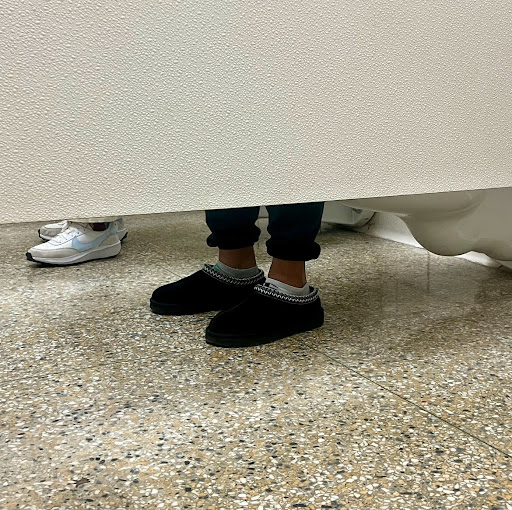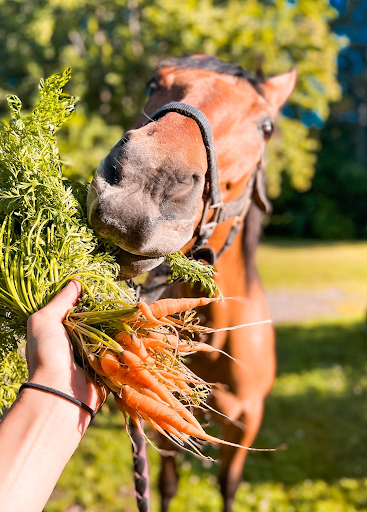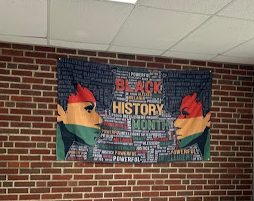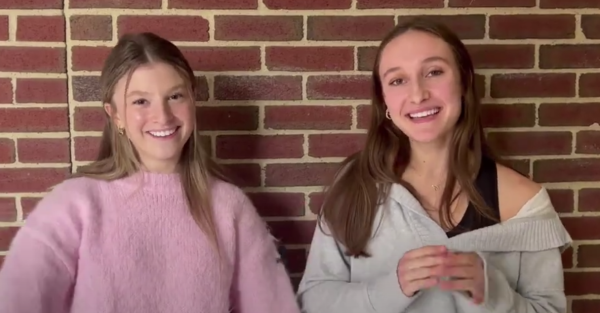Wellness Friday: SHS’s New Mental Health Program
June 3, 2021
High school can be a stressful environment for many students during a normal year, not to mention a year amidst a global pandemic.
Melissa Fitzgerald, a health and yoga teacher at SHS, explained how the pandemic can be specifically difficult for SHS students.
“Solon High School is a challenging academic, athletic, all the way around,” Fitzgerald said. “…art, music, everything is highly competitive and with COVID, adding that added layer of stress and adjustment to our lives.”
In response to a heightened need for mental health services, Wellness Friday lessons were implemented in Solon High School (SHS), a five minute program delivered during the beginning of second period. Erica Kosiorek, the assistant principal of SHS, described the inception of the program.
“We’ve gotten a lot of feedback from students through a survey we did around two years ago,” Kosiorek said. “I think some of the feedback we’re getting when we’re doing these diversity and inclusion lessons and getting responses of how can we can do things, the call to action, which is the last part of the lessons… we just hear a lot about how the students feel overwhelmed, stressed, and especially during this past year [which] has been really hard to be virtual, a lot of kids are isolated at home… we were just trying to think of a way, not to add more to students and staff, but… give them just some time to sit back and take five minutes and even if it is just once a week, we’re hoping starting with that, then students and staff would maybe start to do it on their own. But this was kind of our way of trying to add something in the school day to tell students it’s okay to take a moment and just take a deep breath and relax.”
The program was pioneered by Fitzgerald, student assistant facilitator Jodi Lurie and counselor Ann Trocchio and is supported by Principal Erin Short. From there, the Wellness Committee, composed of SHS students, was created in order to implement ideas and voices from a student’s perspective.
“I reached out to all my yoga classes and asked if there were any volunteers that would be interested, and I took some people from that,” Fitzgerald said. “Mrs. Trocchio asked some of her students if they’d be interested, some that she specifically worked with and knew… same with Mrs. Lurie. So we kind of put some names together of people who were interested and asked them if they had anybody else who was interested and then we kind of started from there.”
Wellness Committee meetings are conducted through Zoom in order to accommodate online learners and consist of discussion in order to plan and create future videos.
“We’re building on it as we go and learning as we go because it wasn’t an existing program or club,” Lurie said. “Ms. Fitzgerald has called several meetings where we meet… and go over different strategies that have been shown to be effective for mindfulness and wellness and deep breathing, resources in this school and outside of this school… The other challenge is that when we present it in our videos, we are really looking at 3-5 minutes.”
Students play a major role in the creation of the videos through their own inputs.
“We have met with the committee and discussed suggestions, ideas, we kind of brainstormed together, and I created a list in a document of all their ideas,” Fitzgerald said. “I asked what ideas they were most interested in helping with, and their comfort level, and that’s [what] we wanted to do based upon their interest and what we felt would be most beneficial sequentially in our weekly videos.”
Information and techniques featured in the videos are backed by scientific research and designed to give students strategies to more effectively deal with stress. Lurie explained the aim of the program and what she hopes it will accomplish.
“Build wellness, build healthy mental health, build resilience, and the more we have the tools to manage life’s stressors, the more, hopefully, we can do that. And also create that culture in our building. Create a culture, have the support of administration that this is important. Social, emotional learning is important and we do prioritize it.”
Fitzgerald believes the program will positively improve the students of SHS.
“We know we’re not going to cure anxiety and depression and we’re not going to cure any major ailments or anything like that. But if we can just teach a few skills that people can use outside of school or during the school day on their own, I think that’s pretty profound.”
The Stop SC program will continue into next school year but will see some changes, just as we experience changes from our transition back into in-person learning.



